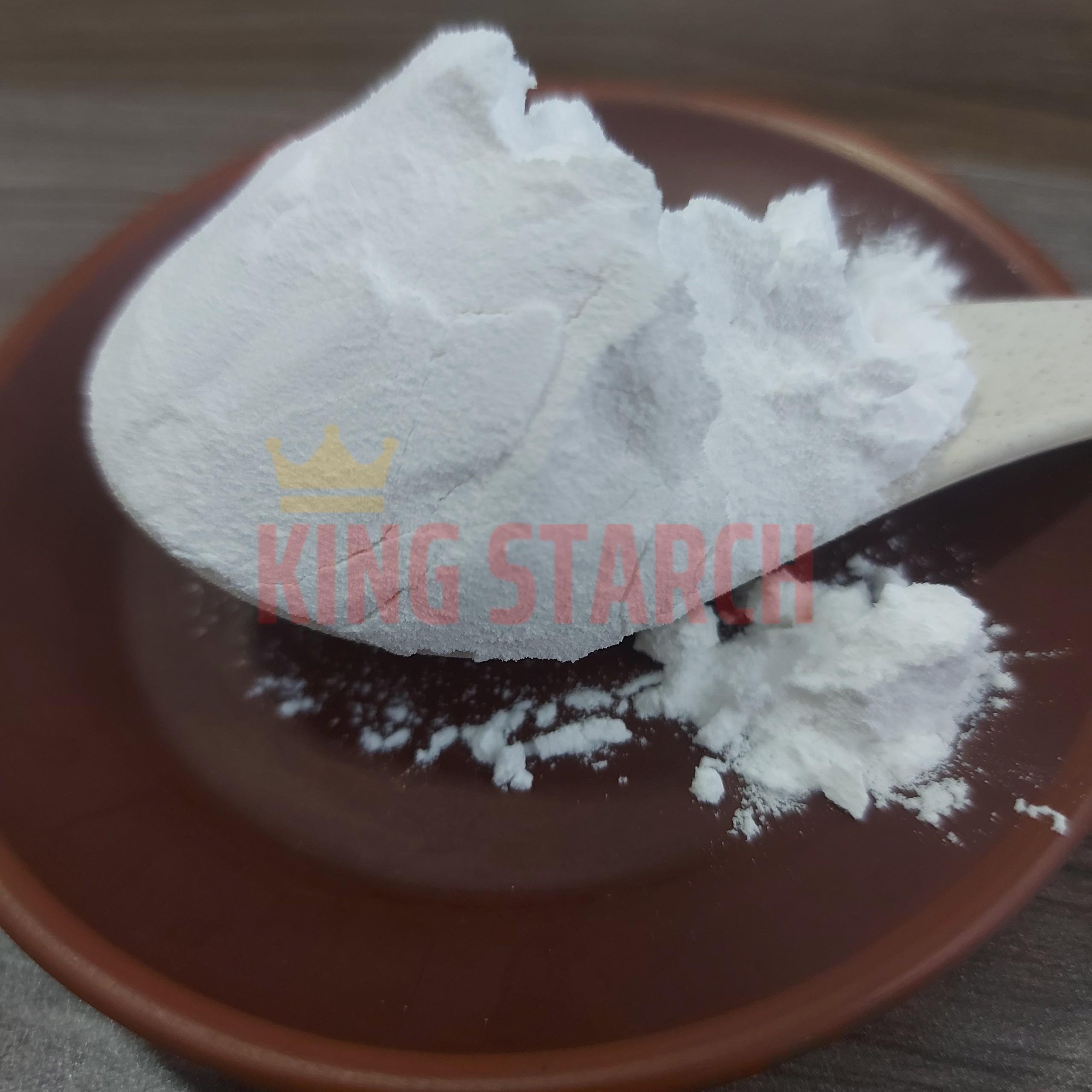1 .Thickening Agent: Tapioca starch is widely used as a thickening agent in soups, sauces, and gravies. It provides a smooth, glossy finish and remains stable under prolonged heating.
Example Use: Add a slurry of tapioca starch and water to hot soup or sauce. Stir until the mixture thickens to a silky consistency.
2. Baking: It adds chewiness and elasticity to baked goods, making it a popular ingredient in gluten-free baking. Tapioca starch helps bind the ingredients and improve the texture of gluten-free bread and pastries.
Example Use: Combine tapioca starch with almond flour and eggs to create light and fluffy gluten-free bread.
3. Binder: Tapioca starch acts as a binder in meat and vegetarian patties, helping to hold the ingredients together without altering the flavor.
Example Use: Use tapioca starch in veggie burger mixtures to improve binding and texture.
